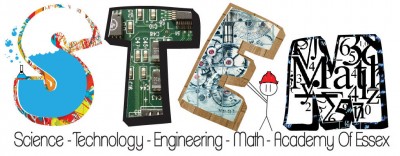A middle school case study
Katie Bryant, an English teacher at Lamoille Union Middle School, presents the results of her semester-long action research project examining the relationship between student-led conferences and engagement in PLPs, or personal learning plans.
Here’s what she and her team discovered.
Transcript appears below.
Hi! I’m Katie Bryant.
I teach at Lamoille Union Middle School, I’m on Team Extreme. And a lot of my faculty went to MGI last summer, working on creating implementation plans for PLPs at my school, as they’re brand new this year.
I felt like the student-led conference was going to be a really big part of that.
Just really quickly about my school:
We have four mixed 7th/8th grade teams, 4 core teachers and a special educator on each team. There are about 60 students on each team.
We are in the third year of our 1:1 iPad initiative, so students all have iPads and a lot of students bring them home, and they use them throughout the content areas.
We are in our first year of implementing PLPs — pretty daunting, pretty messy, but really good work. And we are using Google Sites for PLPs. I get that question a lot. Yes: we are using our iPads to create Google Sites, which is tough, or uncomfortable at first, but is actually working better and better.
And then student-led conferences were only piloted on my team this year, so the other teams continued with traditional the parent-teacher conference model, with the intention of possibly trying student-led conferences throughout the school next year.
This was my abstract:

By the end of the project, the question and my abstract felt very different. I don’t know if others had that same experience, but I felt like the question was really hard to answer, especially with the feedback that I received, and it became more about implementing the student-led conference — as messy as it was going to be — letting it go and just allowing it to happen. And then learning from it.
But I was really interested from the get-go in how these student-led conferences might influence engagement in a PLP.
Are the students motivated by the fact that they have to make a presentation to their parents about their goals? Or not. That was basically my question.
Honestly, I feel like my whole team should be here, as I couldn’t have done it without their support, and as you might’ve experienced, it takes a lot of time up front — tons of time up front, and totally worth it in the end, but without a team that functions really well together I don’t think this would’ve happened.
We had a lot of tools to work with.
We worked together to take a lot of tools from around the state. Peoples Academy Middle Level, lots of stuff from Main Street Middle School around goal-setting; scripts and all these different materials, and tried to make them our own.
We had students setting up sites of their own — super-basic, we’re in the infant stages of these sites.
We have an About Me page, and then some goals, evidence, future. And where we’re at right now is how do we use this evidence and reflect for our next step.
We created a goal-setting template, because one thing we knew we really wanted was “My goal is important to me because…” So when they’re presenting to their parents they’re saying why their goal is important.
We had a student script that students could use for the conference themselves. They had that in front of them when they stood up in front of their parents and their teacher.
And one of the awesome things we realized with that was that because they took their iPads home, every student was creating a Google Slideshow for their conference. And they were able to work on that at home, even if parents weren’t able to come to school. We also Skyped with a few parents, too, which was awesome.
We had a take-home script for the students, which was specifically for when they were at home at the table with mom or dad (or both! or whoever) and they could go through their goals together and their parents could add goals and comments. And there’s a place for a parent signature on the back. Some families took advantage of that.
For us, parent involvement is a big issue at our school, so having students to have the ability to do this at home — you don’t even have to have wireless, you can just download and save a copy on the iPad — was really a nice option for many people.
So in order to plan for the student-led conference we gave each student a template that we gave them to fill in. We actually had them keep in some of the Act 77 language so that they could explain that to their parents: “Why are we doing this? THIS is why.”
And then we had a personal goal, an academic goal, and really simply, evidence from each core class: what is something you’re really proud of?
Here’s a student example.
His personal, long-term goal is to get a job in the art industry as an artist, book illustrator or animator for movies. And then he went through how he will know when he’s achieved his goal, and why he wants to:
And then he has an academic goal as well:
And then we gave students a lot of free rein, and we made suggestions as to what they to choose from their classes, but they were able to choose, finally, what to show their parents:
We said, “Choose something from Math that you’re really proud of. Take a picture of an assignment or it could be a project you did on your iPad that you want to import. And he did that for each core class.
[huge_it_slider id=”3″]
Pre-SLC Student Survey
So I tried to ask students before the conference how they felt about the student-led conference, if they’d ever been in a conference before. Here are a couple of quotes from my survey:
“I have never talked in front of my parents and teachers before and I’m a little nervous.”
As you might imagine, 7th and 8th graders, most of them said they were very nervous. A lot of them said they felt awful about it. Here’s another quote:
“When I was in Michigan parents had a conference with your one teacher, and you sat outside of the room when they talked about how you were doing in school and what you needed to work on or any behavior issues. The meetings ran for about twenty minutes and never did the student get to talk to the teacher and parents at the same time, and after the twenty minutes were up your parents came out of the classroom and said good job or I am disappointed in you.”
Ouch, right?
I was really interested in seeing how their feelings would change after they presented to their parents.
Post-SLC Student Survey:
“The best part was having my parents be proud of me and letting me tell my parents how I felt like I was doing in school and how I felt about my grades and teachers.”
and:
“I liked getting to present what I do well and what I would like to see myself do better and compare it to my teacher’s and parent’s ideas.”
and:
“The best part was that I got to lead it and it helped me talk about what I’m doing well and what I need help with. Plus it made me feel good to get feedback on my work in that very moment.”
and then:
“The best part was getting to show your parents what you’re proud of and getting to interact with your parents and teachers at the same time. I also think that it was nice to have your parents and teachers make a goal for you and to have them know what you’re doing in school so they can help.”
A lot of this feedback was really great to hear: a lot of the students were really nervous in the beginning and then in the end felt really empowered, which was great. Not every single student felt that way, of course, but it was nice to see a lot of shift in their perspective.
Parent Surveys
One of the really big things I wanted to make sure to do was to capture the way that parents experienced it, so when parents were there, we had a survey for them to fill out as soon as they were done with the conference. It was up on a desktop, there were no internet issues, they were logged in, they could do it on their way out of the room, to find out how they felt about it. And I got some great input from them.
100% of parents preferred this model to a traditional model, which was pretty surprising. They all loved it. Some, I think, were maybe a little uncomfortable coming in, and then they stayed and loved it.
- “The best part was hearing about my son’s goals that he has set for himself. Hearing him talk about what he wants for his future and the path he has taken to make sure he can reach his goals.”
- “The best part was watching my son taking control of his own education.”
- “The best part was being able to use technology to participate remotely and share the material.”
- “The best part was that it was led by my son!!”
SLCs and PLPs
The other thing that was just great about doing this with the PLP, hand-in-hand, was that we were able to get a goal or a wish that the parent has for their student, there that day. So they sat and listened to their child’s goals for themselves, and then they were able to articulate a goal or a wish that they had for them. And that gets immediately implemented into their PLP site, as something that we can watch over time. It was really nice to get that parent involvement, which is part of Act 77 and also best practice.
Did the SLC motivate students to set and achieve goals?
Really hard to answer. Really, really hard to answer. I asked students that question. I didn’t really know what else to do.
- “Not really, but I am trying more this trimester then last one.”
- “I think it made me more aware of my goals and more likely to start taking them seriously.”
- “Definitely, because it gives you something to work towards, and makes all these hours in school not seem pointless.”
- “I think the SLC makes more people aware of your goals and more people help you try harder to reach them.”
Although not concrete, really nice to hear that at least some students did see the connection between motivation from the conference, and their goal-setting.
Challenges
There were a lot of challenges.
Asking the right questions, is always really tough for me — asking the right questions on the forms themselves. Knowing how to ask the right questions so you’re getting the kind of answer that you’re looking for is really hard. So that, moving forward, is something that I’m constantly trying to improve. Not to get the feedback you want, but to get at the feedback.
Another challenge — and this is kind of a good thing and a bad thing — is that there’s so much out there around the state, that people are using for goal-setting and reflection and student-led conferences and sites — there’s tons of stuff and it’s all awesome. But you have to take it and make it your own. Otherwise it doesn’t feel authentic.
That was a challenge sometimes with me and my team. We had all this stuff and it was great, and it’s really about how do you make it your own?
Time. That’s basically the biggest challenge.
For me, it was really hard to know that it was going to be really messy and imperfect and it wasn’t all going to work out great. And maybe parents were going to be upset, or… who knew? But to just go with it and let it go. That was hard.
And the last was, of course, building in time for the students to prepare for the student-led conference. I spoke with my administrator at the beginning of the year, to let her know that this was my personal focus for the year and I would be taking some content time to help students prepare for their student-led conference. I’m an English teacher so it does make sense for reading/writing/communicating that this would fit in with my content, but I did have to have that conversation.
Highlights
As a team, we were able to conduct SLCs with 70% of our students and their families, as opposed to less than 40% last year using the traditional model.
In the past some combination of teachers had been in a room together doing conferences, and that limits you, right? You don’t have as many time slots. In this case what we did was homeroom teachers met with their students in their homeroom and their parents, and then if anyone was very concerned about meeting with the Math teacher we set up that too. Which was great.
- And as I said before, parent involvement in our school is a big issue, so this is a huge jump for us: 100% of parents reported that they preferred the SLC model to the more traditional model. That was great to know.
- Watching students interact with parents and teachers in this way was really insightful.
- 83% of students were nervous or unsure about leading a SLC beforehand, but 71% reported that it went pretty good, or fantastic, afterward.
- 50% of students had achieved one of their goals by the end of the first trimester.
- At the SLC we were able to capture a goal that parents have for their students, which serves as a start to involving parents in the process.
Next Steps:
We’re working on carving out time in the spring to have a follow-up SLC, which has never been a part of our schedule before but it makes sense, to plan another evening, have the parents come back in and check in on goals.
We’re going to share our experience and results with the rest of our school, hoping that they too will pilot some SLCs next year.
We’re going to continue our PLP work, especially around goal-setting; also a very messy process.
And we’ll improve the SLC process on Team Extreme next year.
That’s pretty much it.
Student-led conferences image by Clive Warden; licensed under Creative Commons 3.0 (reuse-attribution).

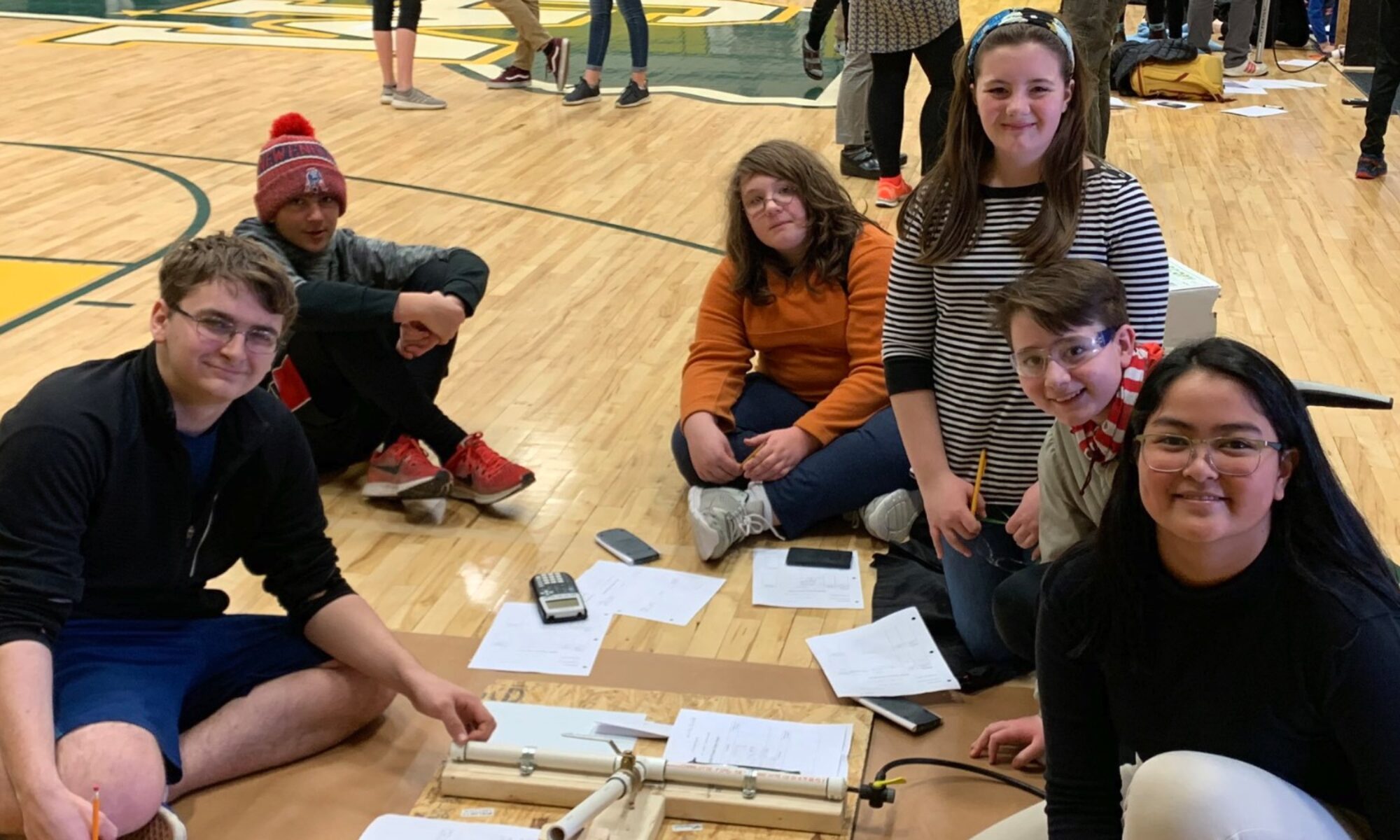

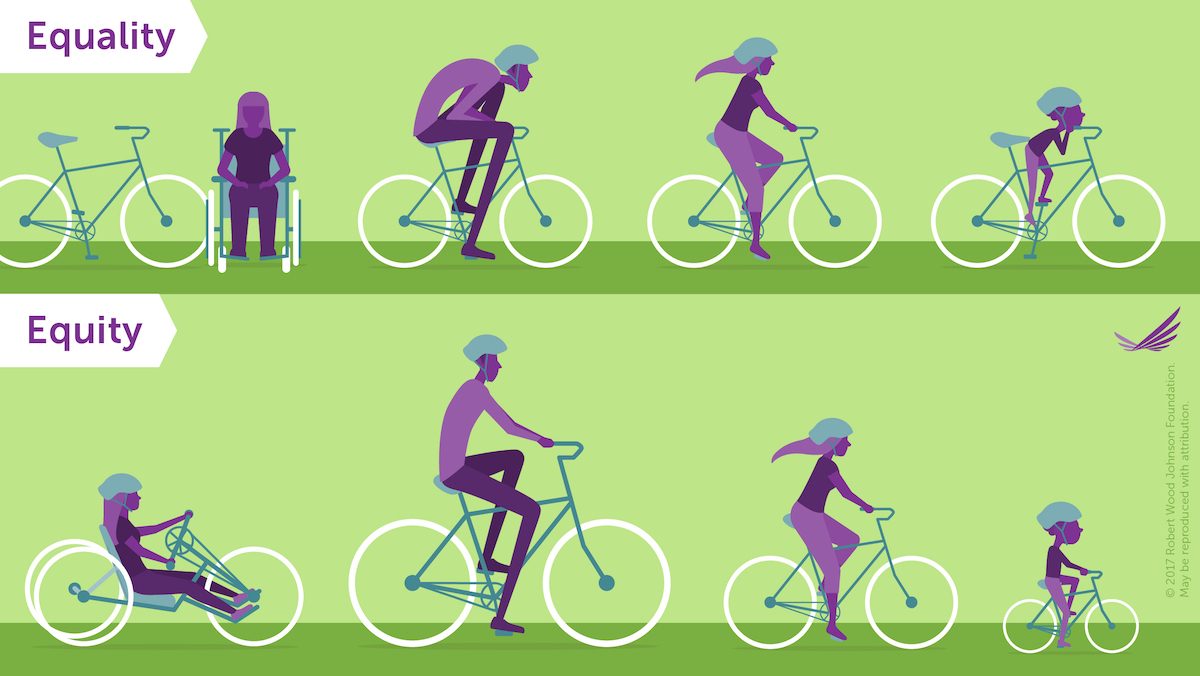

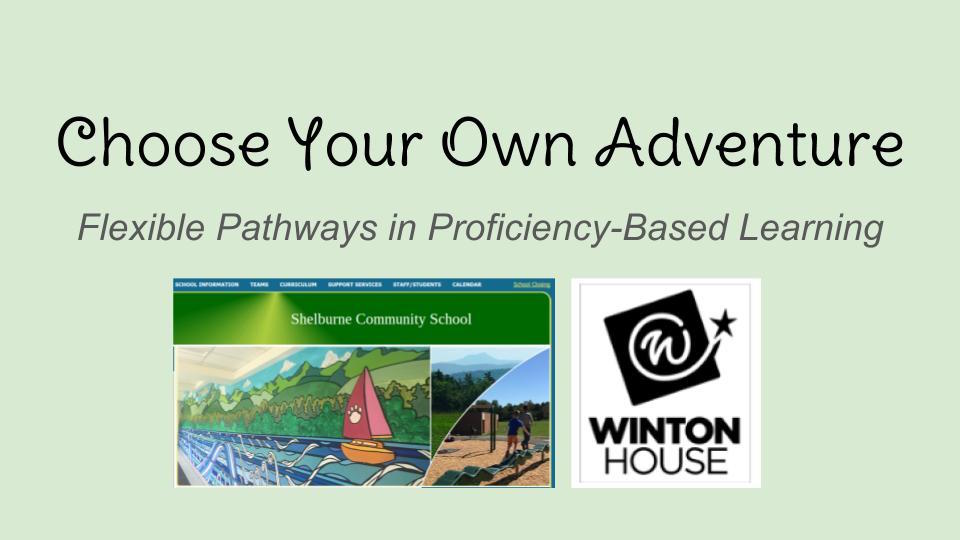
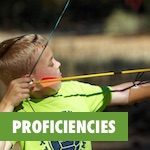 In Sam Nelson’s classroom, students choose what they learn, and how. Through the use of learning scales and targets, Nelson sets guidelines for students to demonstrate proficiencies in whatever they choose to study. Between the two systems — flexible pathways and proficiency-based learning — students negotiate a curriculum that keeps them engaged and satisfies their curiosity about the world around them.
In Sam Nelson’s classroom, students choose what they learn, and how. Through the use of learning scales and targets, Nelson sets guidelines for students to demonstrate proficiencies in whatever they choose to study. Between the two systems — flexible pathways and proficiency-based learning — students negotiate a curriculum that keeps them engaged and satisfies their curiosity about the world around them.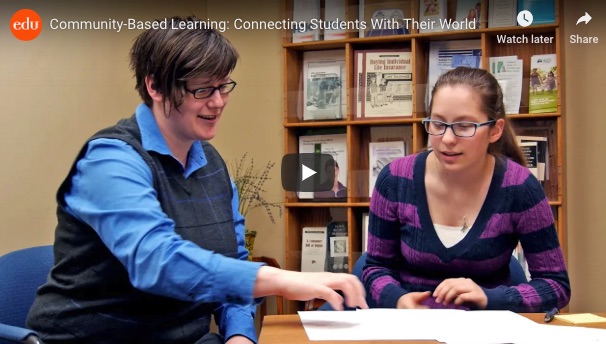
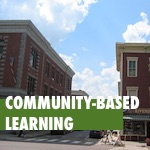 On Friday, March 11, more than 50 participants from public and private schools, community education partners, and higher education from Vermont and the surrounding region gathered for a Community Based Learning workday, put on by
On Friday, March 11, more than 50 participants from public and private schools, community education partners, and higher education from Vermont and the surrounding region gathered for a Community Based Learning workday, put on by 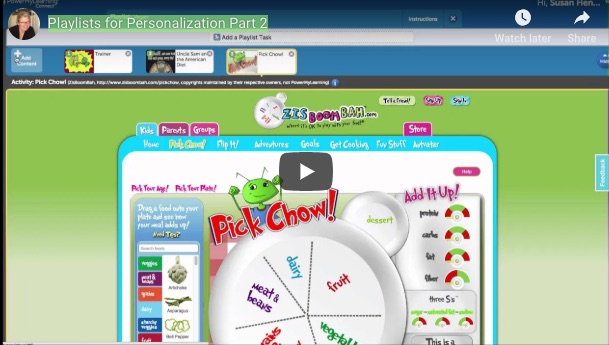




 When it becomes time to talk about scheduling you can often feel the tension rise as everyone’s values and beliefs are put on the table in the attempt to make everyone happy.
When it becomes time to talk about scheduling you can often feel the tension rise as everyone’s values and beliefs are put on the table in the attempt to make everyone happy.